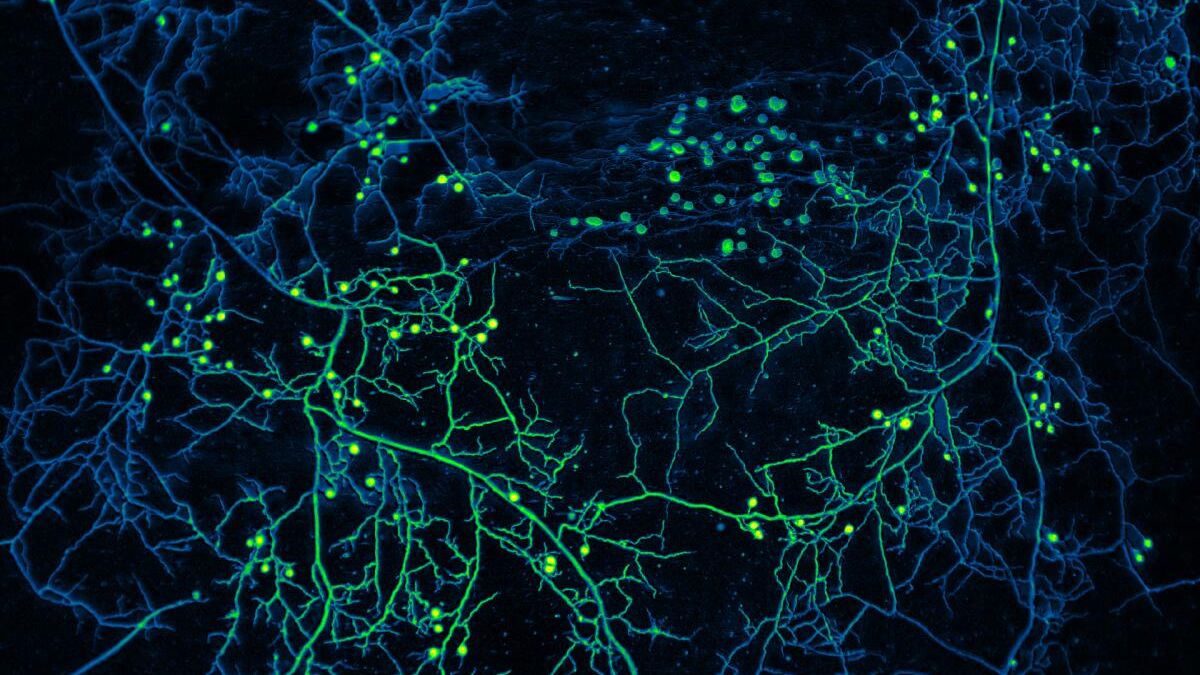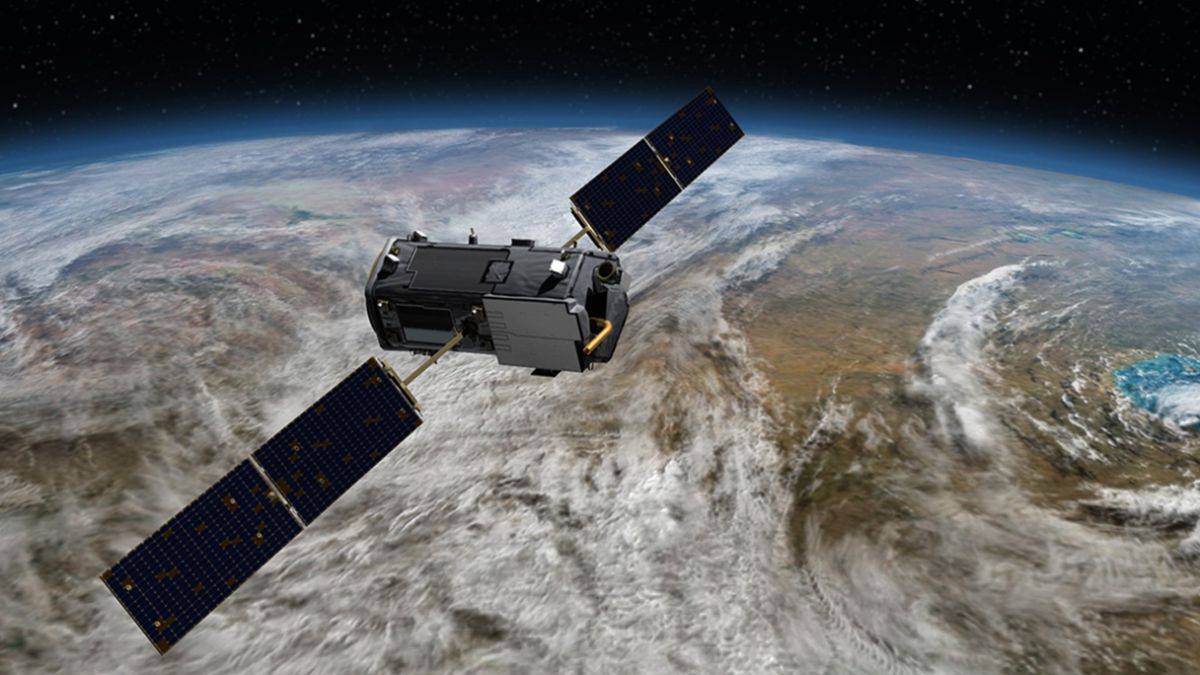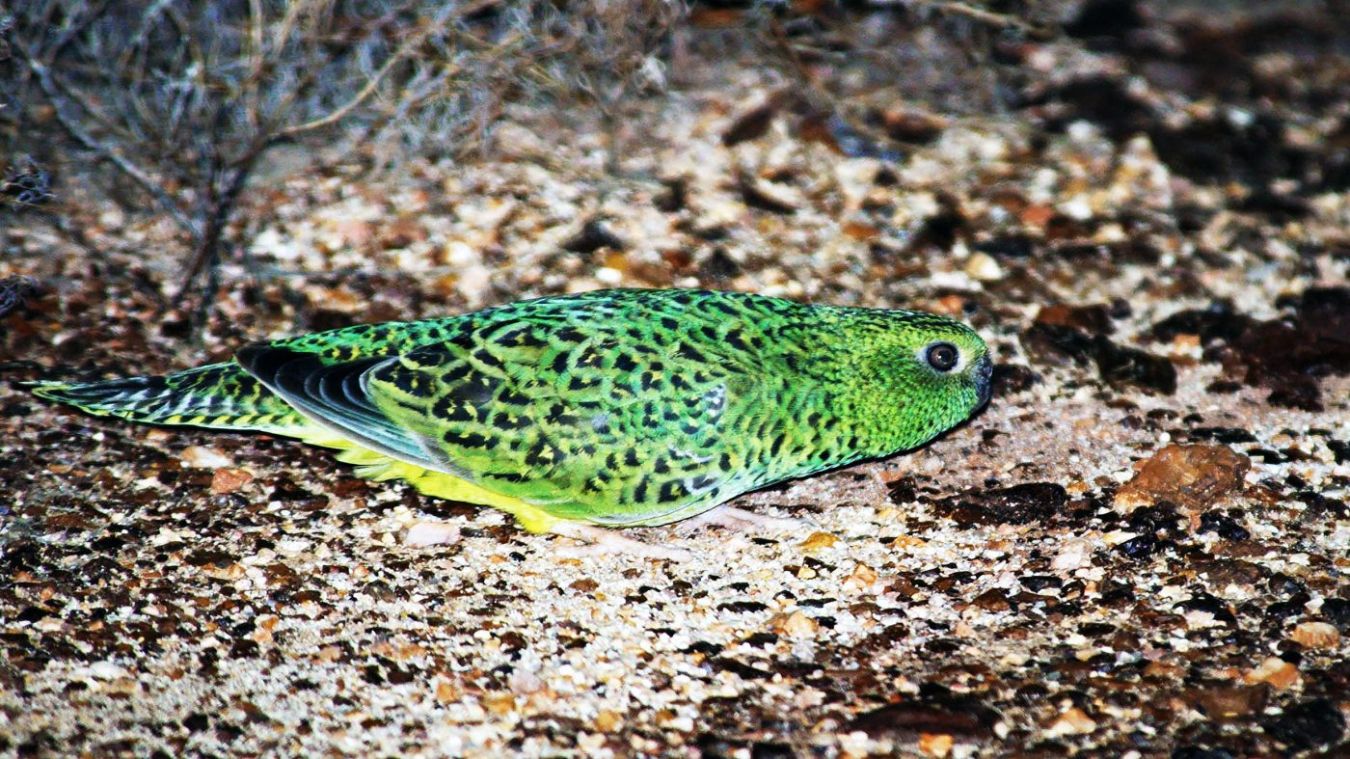It turns out we’ve been looking at plant roots all wrong. For decades, scientists assumed roots mostly lived in the shallow top layers of soil. But now, new research led by New York University has uncovered a game-changing discovery: one in five plants may have a hidden, deep root system that reaches more than a meter underground.
This finding not only reshapes our knowing of how plants work, but it could also have major implications for climate change, agriculture, and the way we manage ecosystems. Yes, plants might be doing a lot more than we gave them credit for—deep below our feet.
Table of Contents
Layers
For years, science focused only on the top 30 to 50 centimeters of soil when studying plant roots. That’s where most root activity was thought to take place. But thanks to the NEON ecological observatory, which conducted deep soil excavations up to two meters, researchers discovered something surprising.
In about 20% of the North American ecosystems studied, plants showed a bimodal root structure. This means they have two distinct sets of roots: a shallow one close to the surface and another, much deeper root system far below. These deeper roots had gone completely unnoticed—until now.
Advantages
Why do these hidden roots matter so much? First off, they offer a serious survival advantage. In drier or nutrient-poor environments, plants with deeper roots can tap into water and nutrients that surface roots can’t reach. That’s a big deal for survival, especially in places affected by drought or desertification.
But the deeper root systems also help plants access elements like nitrogen in deeper soil layers. These hidden systems could be a lifeline for crops in poor soil and offer new ways to boost agricultural resilience as global temperatures rise.
Carbon
Now here’s the real kicker: it’s not just about water or nutrients—it’s about carbon.
When plant roots grow deeper into the soil, they take carbon with them. And down there, beyond a meter deep, microbial activity is much lower. That means the carbon stays locked away, without being broken down and released back into the atmosphere as CO₂.
In simple terms, these hidden roots could be silently fighting climate change by helping bury and protect carbon underground for years, or even centuries. That’s not just a small discovery—that’s potentially a massive carbon sink we didn’t even know existed.
Impact
This changes how we see entire ecosystems. They’re not just forests and grasslands on the surface. Below the ground is a complex network—roots forming what could be one of the most effective natural tools for balancing the planet’s climate.
And it goes beyond the wild. In agriculture, deep-rooted crops are often more resistant to dry conditions. This insight could guide future efforts to develop drought-tolerant plants and improve food security in regions with degrading soil.
It also opens up new thinking for reforestation. If we can choose and plant species with these deep roots, we can potentially store more carbon and build ecosystems that are more resilient to climate stress.
Clue
Here’s a quick breakdown of what this means for our planet:
| Discovery | Why It Matters |
|---|---|
| Deep root systems | Found in 20% of ecosystems, hidden over 1m deep |
| Better drought resistance | Deep roots help plants access hard-to-reach water |
| Improved nutrient access | Roots reach nitrogen-rich deeper soil layers |
| Long-term carbon storage | Carbon buried deep stays sealed from microbes |
| Agricultural resilience | Could help develop crops suited for tough climates |
Future
This discovery forces us to ask a bigger question: how much of nature’s power are we ignoring just because we aren’t looking deep enough?
We often turn to technology and artificial solutions to fight climate change. But maybe we already have some answers—rooted in the very plants that surround us. If these natural systems are already working quietly underground, it’s time we start listening to what they’re telling us.
Sometimes, the most powerful solutions are the ones we can’t see.
FAQs
How deep are hidden plant roots?
They can reach more than a meter below the surface.
What is bimodal root structure?
It’s when a plant has both shallow and deep root systems.
Do deep roots help with drought?
Yes, they access water that shallow roots can’t reach.
Can deep roots store carbon?
Yes, they help lock carbon underground for centuries.
Why did scientists miss this before?
Most studies only looked at the top 30–50 cm of soil.


















